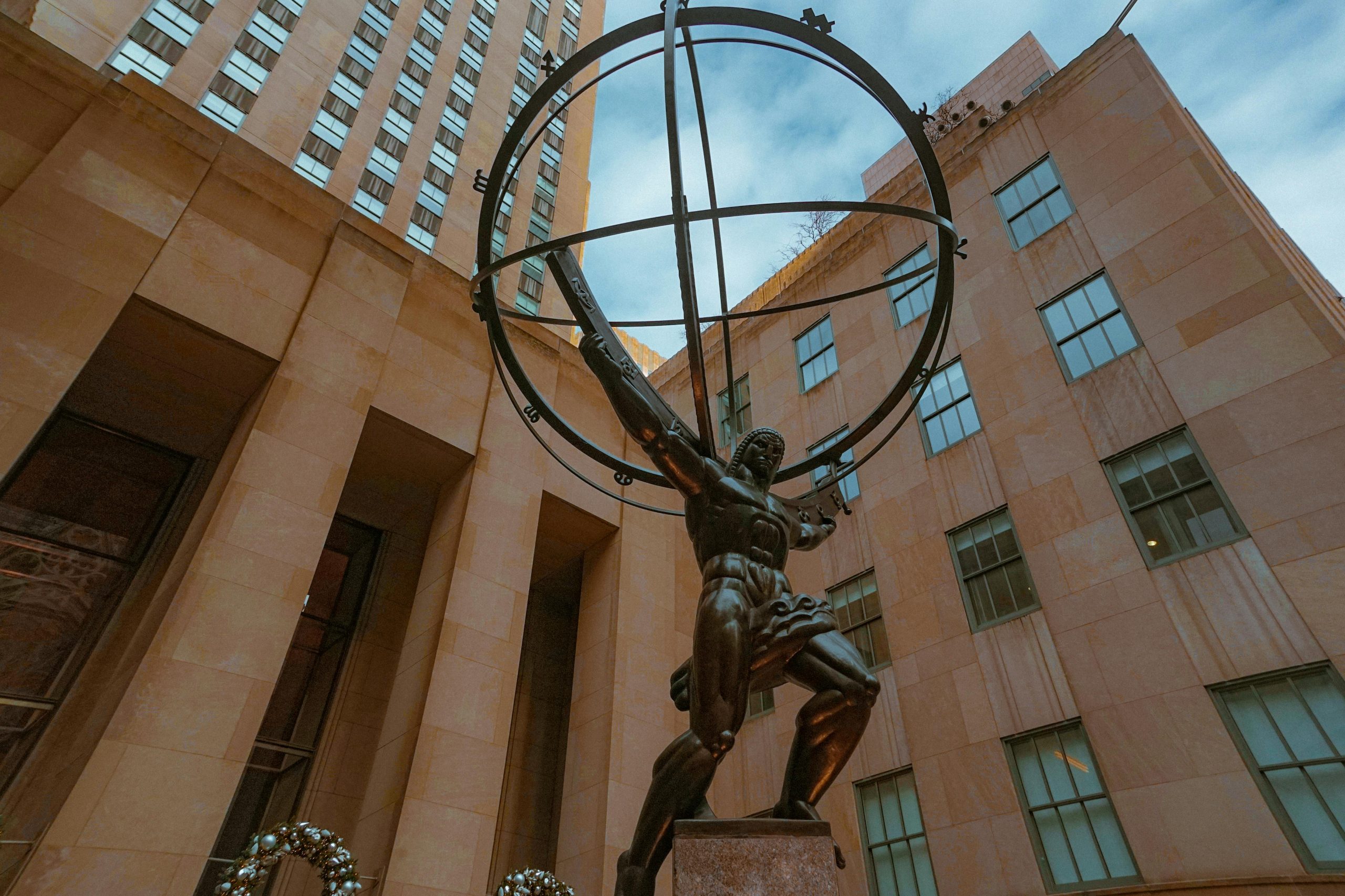The Growth of New York City in the Industrial Era
The Industrial Era, spanning from the late 18th century to the early 20th century, marked a transformative period for New York City. As the nation’s economic engine, the city experienced unprecedented growth, driven by industrialization, immigration, and urbanization. This article explores the key factors that contributed to New York City’s expansion during this pivotal time.
Industrialization: The Catalyst for Growth
New York City emerged as a major industrial hub due to several factors:
- Strategic Location: Situated at the mouth of the Hudson River, New York’s harbor facilitated trade and transportation, making it an ideal location for industries.
- Transportation Infrastructure: The construction of railroads and the Erie Canal in the 1820s connected the city to the interior of the country, allowing for the efficient movement of goods and raw materials.
- Diverse Industries: The city became home to various industries, including textiles, shipbuilding, and food processing, which attracted a workforce and stimulated economic growth.
Immigration: Fueling the Workforce
The influx of immigrants during the Industrial Era played a crucial role in New York City’s expansion. Between 1820 and 1920, over 25 million immigrants arrived in the United States, with a significant number settling in New York. Key points include:
- Labor Supply: Immigrants provided a steady labor supply for factories, construction projects, and the burgeoning service sector.
- Cultural Diversity: The diverse backgrounds of immigrants enriched the city’s cultural fabric, leading to vibrant neighborhoods such as Little Italy and Chinatown.
- Population Growth: By 1900, New York City’s population had surged to over 3.4 million, making it the largest city in the world at the time.
Urbanization: The Rise of Skyscrapers
As industries flourished and the population grew, urbanization transformed the cityscape. Notable developments included:
- Skyscrapers: The late 19th century saw the rise of iconic skyscrapers like the Flatiron Building (1902) and the Woolworth Building (1913), symbolizing economic power and architectural innovation.
- Infrastructure Development: The city invested in infrastructure, including bridges, subways, and parks, to accommodate its growing population and improve living conditions.
- Social Challenges: Rapid urbanization also led to overcrowding, poor sanitation, and labor unrest, prompting social reform movements aimed at improving living conditions.
Conclusion: A City Transformed
The Industrial Era was a defining period for New York City, characterized by remarkable growth and transformation. Industrialization, fueled by immigration and urbanization, reshaped the city into a bustling metropolis. By the early 20th century, New York had established itself as a global center of commerce, culture, and innovation. The legacy of this era continues to influence the city today, making it a vibrant hub that reflects its rich history and diverse population.

No responses yet